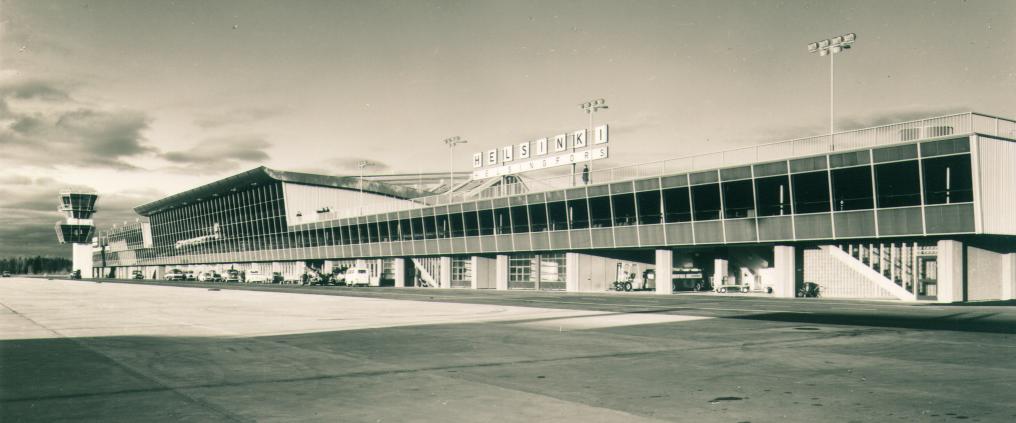Finavia is publishing a series about the history of Finnish aviation from the 1910s to this day. This instalment focuses on aviation in the 1980s.
In the 1980s, Finnish air travel was booming as was the entire Finnish economy. Yet, in the beginning of the decade, the supply of flights still exceeded demand as competition between travel agents and tour operators increased.
Travel agencies put more effort into marketing and tried to attract travellers with special offers and customer loyalty programmes. For instance, Finnmatkat (a Finnish travel agency) developed a special travel pass, which allowed unlimited travel to any Finnmatkat destination in Europe – in fact, the most enthusiastic travellers took up to 11 trips to their chosen destination.
The growth in air travel also brought along changes to Helsinki Airport. An extensive renovation of the airport was completed in 1983, including an extension to the passenger terminal and new passenger bridges added to accommodate wide-body aircrafts.
In 1987, Helsinki Airport reached the milestone of five million passengers.
Reaching new destinations
Throughout the 1980s, new destinations became available to Finnish travellers. In addition to traditional favourites Spain and Greece, Turkey and faraway destinations beyond Europe also became popular. Direct flights routes from Finland to Nepal, Bali and Borneo were launched.
In the 1970s, Finnair opened its first direct flight to Asia by launching a Helsinki–Bangkok route. This focus on Asia continued in the 1980s, with a direct route to Tokyo launched in 1983.
“Back then, the route ran across the North Pole and the Bering Strait, and was the world’s longest route flown regularly with DC-10 aircrafts,” says Valeri Saltikoff, Exhibition Manager of the Finnish Aviation Museum.
Routes to Asia, which were first established in the 1980s, are still an important growth factor in the Finnish aviation industry today.
“Finnair also established its first route to Beijing in 1988,” Saltikoff says.
First female pilots for Finnair
The 1980s also brought along the first commercial female pilots for the Finnish airline Finnair.
Starting her career as co-pilot in 1983, Kirsi Arvila become a pilot and served the company until 2014, flying Fokker, DC-9, MD-80 and Airbus A320 aircrafts, among others.
The first commercial female pilot also sparked media interest, but Arvila shunned publicity and refused to be interviewed.
“I wanted to focus fully on my work without making a big deal out of my position,” Arvila told the Finnish Pilots’ Association’s Liikennelentäjä magazine in 2015.
Even though women are a still minority among pilots, Arvila believes a change is inevitable.
“The number of female pilots is increasing, for Finnair and for other airlines around the world. Gender is not an obstacle to becoming a pilot,” she told to Liikennelentäjä.
The next part of the series will focus on the 1990s, an era of deregulation and new competition in the aviation industry.
Read the previous instalments in the series: 1910, 1920, 1930, 1940, 1950, 1960, and 1970s



